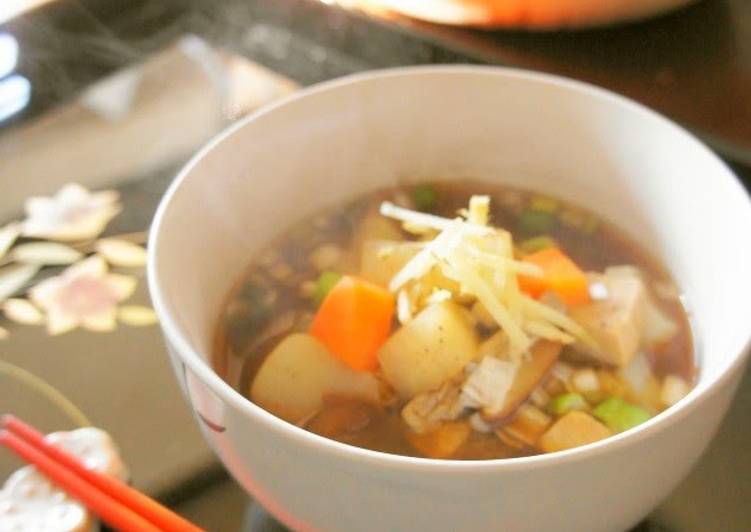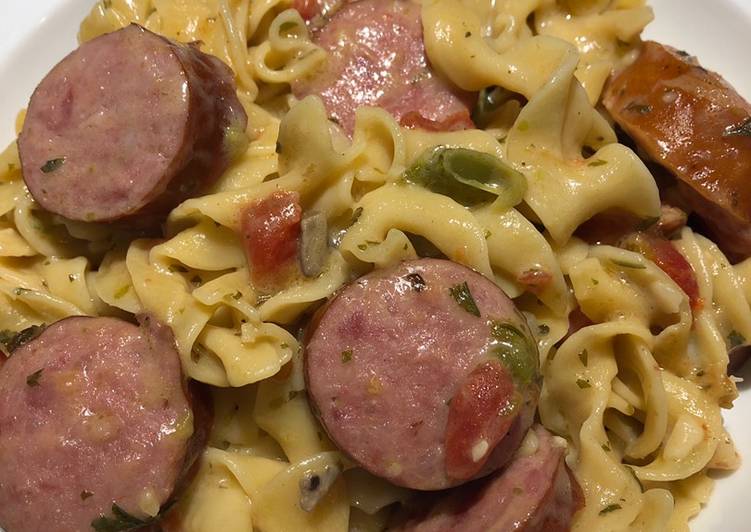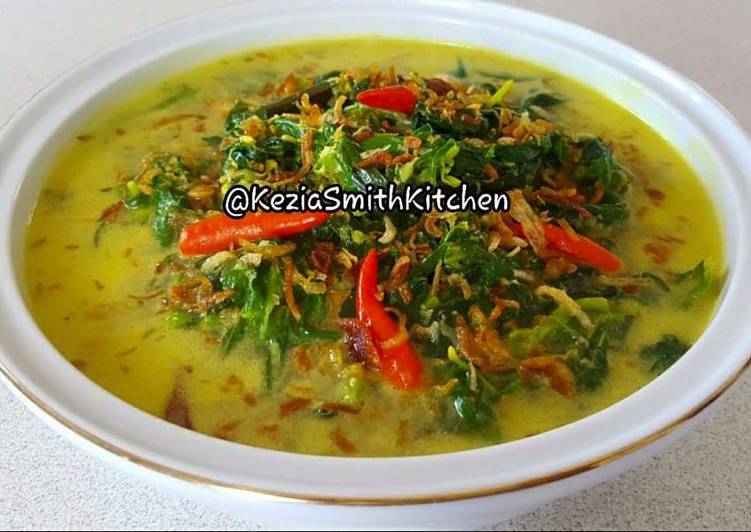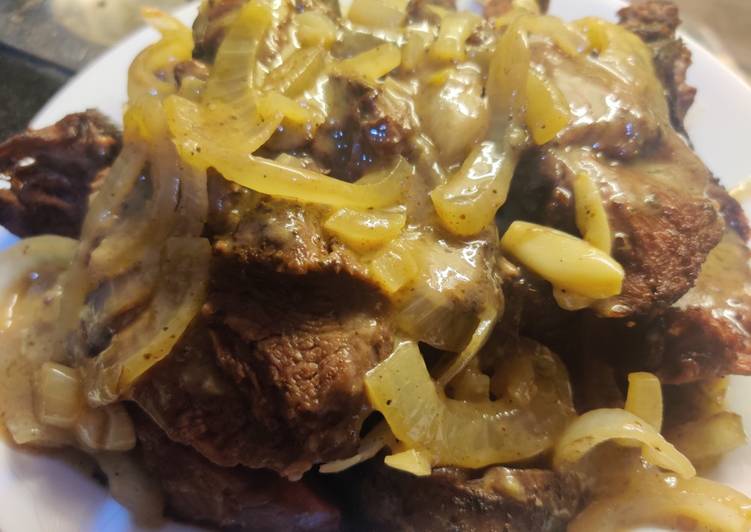Recipe of Super Quick Slightly Spicy Rikyu-jiru, A Shojin Ryori Soup With Red Miso

Slightly Spicy Rikyu-jiru, A Shojin Ryori Soup With Red Miso Recipe. How to prepare it? What are the ingredients? Cooking tips and more… It is one of my favourite food recipe, this time i’am gonna make it a little bit tasty.
Shojin ryori is a vegetarian Buddhist cuisine, and rikyu-jiru is one of its most well known soups. It's a comforting miso-sesame soup with lots of root vegetables, that's perfect for · This simple Asian-style gingery seafood dish goes well with Spicy Sesame Eggplant.
Here is the best “Slightly Spicy Rikyu-jiru, A Shojin Ryori Soup With Red Miso” recipe we have found until now. This will be really delicious.
Ingredients of Slightly Spicy Rikyu-jiru, A Shojin Ryori Soup With Red Miso
- Take of Root vegetables - 350 g combined:.
- Prepare 1 small of Carrot.
- It’s 1 of Burdock root.
- You need 150 grams of Daikon radish.
- Take of Other additions:.
- Take 1/2 of Konnyaku.
- Take 4 of Shiitake mushrooms.
- Prepare 100 grams of Soy beans cooked in water (canned).
- You need 5 of cm square x 2 pieces Kombu.
- Prepare 1000 ml of Water.
- Take of A. Flavoring ingredients:.
- Prepare 1 tbsp of White sesame seed paste.
- Make ready 30 grams of Miso (red miso).
- It’s 1 tsp of Soy sauce.
- Prepare 1/3 tsp of Doubanjiang.
- Take of To add later.
- You need 1/2 of Roughly chopped green onion.
- Take 1 of Finely shredded or grated ginger.
Kenjinjiru or sometimes spelled as Kenchin-jiru ("jiru" means soup in Japanese) derived The original Kenchinjiru was considered as a shōjin ryōri (精進料理) or traditional Buddhist temple Although I love Tonjiru, a miso soup with pork and vegetable and it's my favorite kind of miso soup, I like my.Miso soup is the ultimate staple soup in Japanese cuisine.It's made with dashi broth mixed with miso paste.The soup originated from shojin ryori, the traditional temple cuisine eaten by Buddhist monks from Kimchi nabe in Japan has a slightly sweeter and less spicy flavor than Korean kimchi stew. >Shojin ryori is the traditional dining style of Buddhist monks in Japan, and grew widespread in popularity with the spread of Zen Buddhism in the A typical shojin ryori meal is centered around soybean-based foods like tofu along with seasonal vegetables and wild mountain plants, which are.
Slightly Spicy Rikyu-jiru, A Shojin Ryori Soup With Red Miso instructions
- Bash the konnyaku on a cutting board to flatten it and make it easier for flavors to penetrate it. Rip it up with your hands into bite sized pieces. Slice the shiitake mushrooms thinly..
- Cut the root vegetables into about 1 cm cubes, and rinse under water. The burdock root should be cut up roughly. The daikon radish pieces should be a bit bigger than the carrot pieces..
- Put the konnyaku into boiling water, boil briefly and take out. Put in the cut up vegetables and boil for about 2 minutes. Drain, refresh in cold water and drain again..
- Put the water, konbu seaweed, and parboiled konnyaku and root vegetables into a pan and start cooking. Simmer until the vegetables are cooked (about 20 minutes - the daikon radish should turn transparent), then add the cooked soy beans and green onion..
- Add the A. flavoring ingredients while dissolving them with the soup. Ladle into serving bowls, top with ginger and enjoy..
- This is the red miso I used. It has dashi in it, and is very refined and delicious. I recommend it!.
- You can use satoimo (taro root) instead of the soy beans. In which case, parboil them along with the other root vegetables in step 4..
While shojin ryori shies from really strong tastes (like onions, for example) This could be slightly difficult to find depending on where you live, though I'm seeing it more and more in regular grocery stores.When it comes to miso soup, I prefer red miso.It's good for having a strong miso flavoring.
Shojin ryori stems from Chinese Buddhist cuisine, which Chinese monks brought As a result, shojin ryori relies heavily on soybeans in many forms as well as both fresh and preserved vegetables.Typical dishes include goma-tofu, or sesame-kudzu tofu, and kenchin-jiru, a tofu-vegetable soup.Shojin ryori tends to use a lot of ingredients that are only available in Japan - even more so than 'regular' Japanese cooking - and it is a haute cuisine that requires a lot of skill.The book is divided into six sections: Soup; Salads; Tofu and Beans; Vegetables; Potato, Rice and Grains; and Desserts.Shojin ryori is a type of cooking commonly practiced by Buddhist monks in Japan.





